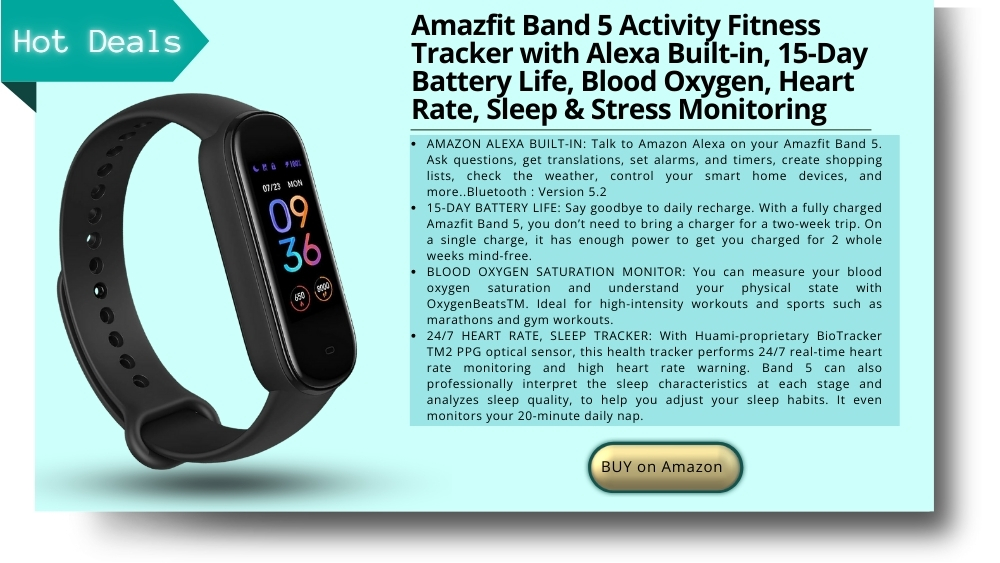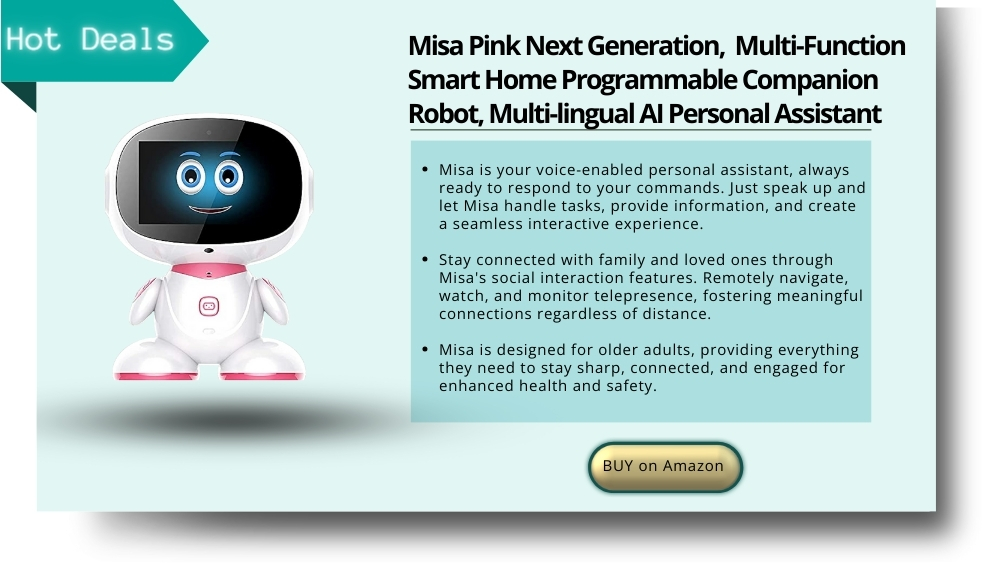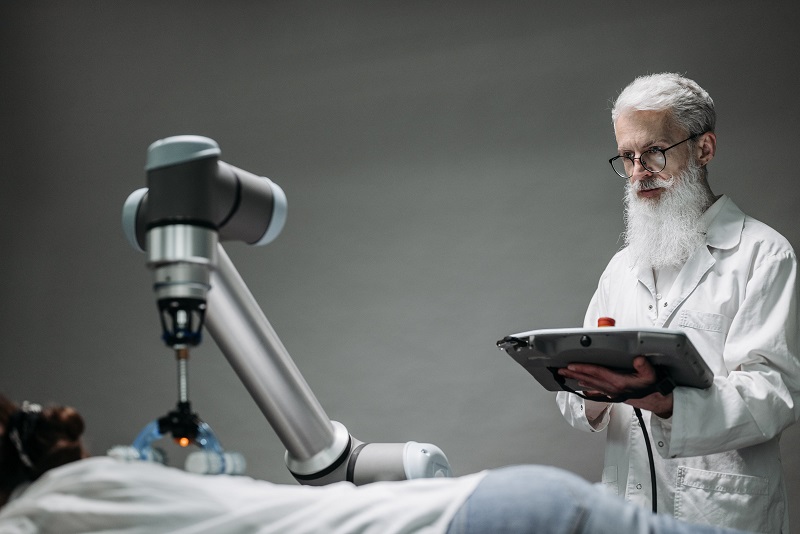Back in the day, who would have thought that the internet would become senior-friendly? It was thought to only be for youngsters or adults of the 90s. Today, it’s a solid part of senior care. Senior care in the digital age is witnessing a transformative shift, influenced significantly by technological innovations. No longer are seniors bound by conventional methods of care.
Embracing the Digital Revolution in Senior Care
The digital age is transforming how we think about seniors and their care. Historically, options for senior care were limited. With the dawn of the digital age, senior care has taken an optimistic turn, where technology is seamlessly integrated into daily care routines, enhancing both the quality and the experience of senior care.
The result? Improved quality of life, increased independence, and an empowered aging community.

In this article, we will delve into the future of senior care in the digital age and discuss the ways technology is transforming its landscape. From smart homes to wearable devices, the digital revolution is opening up new possibilities and empowering seniors to live independently and thrive in their golden years.
Thanks to these digital interventions, they’re experiencing freedom like never before. We’re talking about telemedicine appointments replacing tedious hospital visits, and even robots making delightful companions. So, what magic does the digital age hold for our dear seniors? Let’s explore.
Prefer to listen rather than read?

The Role of Smart Devices in Senior Care
Imagine a world where a wristwatch does more than just tell time. Welcome to the era of smart devices, a game-changer for senior care in the digital age. These intuitive gadgets play an instrumental role in safeguarding seniors’ health.
Wearable Health Monitors
Wearable health monitors do more than just count steps and calories burned. They’re like the superheroes of the tech world for seniors. While tracking your morning walk or calorie burn is useful, these devices provide much more. They’re akin to having a mini-doctor on your wrist around the clock.
These compact gadgets are vital for monitoring your heart rate, ensuring your heart is functioning properly. For those with heart conditions, this feature is more than impressive—it could be lifesaving. Imagine you’re at home alone and suffer a fall. These monitors are equipped to detect such incidents and can promptly send an emergency alert to caregivers or family members. Help could be on its way within minutes, making these devices akin to personal guardian angels.

What’s more, they aren’t bulky or difficult to use. They fit as comfortably as a wristwatch and integrate smoothly into your daily routine. You won’t feel constantly reminded that you’re being monitored for health reasons.
With these monitors, you maintain your independence while staying connected to necessary care. In today’s world, staying connected is crucial, especially for seniors. These monitors ensure you’re just a heartbeat away from help, blending safety with convenience seamlessly.
Voice-Activated Assistants
This section talks about voice-activated assistants. You’re likely familiar with names like Alexa or Google Home. These devices are more than just high-tech gadgets for enthusiasts; they’re becoming indispensable aids for many seniors, almost like helpful neighbors.
Picture this: you need to remember to take your medication at 3 PM. Instead of setting up multiple alarms or scribbling down notes, you can simply say, “Hey, remind me to take my pills at 3 PM!” and consider it done. Or perhaps you’re snug in bed and realize you forgot to turn off the living room lights. There’s no need to get up—just ask your assistant to turn them off for you.
But these assistants offer more than mere convenience. For many seniors, they serve as crucial lifelines. Feeling isolated? You can ask your assistant to call your granddaughter or play your favorite song. It’s like having a friendly companion at home, seamlessly bridging the gap between the digital realm and daily life.
In our fast-paced world, having a bit of assistance can make a significant difference, especially for those who cherish their independence yet appreciate a little help now and then.
Telemedicine and Medication Management Virtual Consultations
Telemedicine has gained significant traction in recent years, especially in the wake of the COVID-19 pandemic. This technology allows seniors to consult with healthcare professionals remotely. It eliminates the need for in-person visits and reduces the risk of exposure to contagious diseases.
Virtual consultations enable seniors to receive timely medical advice, prescriptions, and follow-up care. It ensures continuity of care and improves overall health outcomes.
Telemedicine isn’t just another buzzword; it’s turning into a lifeline for many seniors worldwide. It’s no surprise why. With urban areas getting crowded and a pandemic teaching us the benefits of distancing, telemedicine came as a blessing.
It’s now possible for seniors to have a complete health check-up at home. Imagine avoiding those long waiting room hours and still getting top-notch medical advice.

However, like every coin with two sides, telemedicine does have its challenges. Not everyone is tech-savvy. Some seniors might find it challenging to adapt. With time, the hope is that technology will become more intuitive, making the transition smoother for everyone involved.
Keeping track of medications can be challenging for seniors, especially those with multiple prescriptions. Digital solutions, such as medication management apps and smart pill dispensers, have simplified this process.
These tools send reminders, dispense medications at the right time, and provide alerts for missed doses. By promoting medication adherence, digital medication management systems enhance the safety and well-being of seniors.

The Role of Artificial Intelligence in Senior Care
Who would’ve thought that a term like “Artificial Intelligence” or “AI”, more commonly used among tech geeks and sci-fi fans, would be a game-changer in senior care? Well, here we are, and AI isn’t just knocking on the doors of senior care; it’s got its foot firmly in.
Personalized Health Plans Tailored by AI
Digging into the nitty-gritty, AI’s real magic happens when it takes the ocean of health data from seniors and churns out something incredibly personalized.
It’s not just about saying, “Hey, do some stretches, maybe?” Instead, AI looks at everything: your age, your medical history, those little aches and pains you told your doctor about, and even what you had for dinner last week.
Then, it crafts a health plan that’s all you. No generic stuff. It could be a gentle reminder buzzing about your medication or that nudge to take a walk because it’s sunny outside. All with the aim of keeping you in the pink of health.
The Rise of Companion Robots: More than Just Machines
Let’s also touch upon robot companions. No, we aren’t referring to sci-fi movies, but reality. Companies are in the process of designing robots that can mimic human emotions.
These robots can converse, react, and offer companionship. It’s not about replacing human interaction but ensuring that no senior feels alone in their journey.
Now, when you hear the term ‘companion robots’, you might think of those chunky, clunky metal things from old movies. But today’s companion robots for seniors are sleek, friendly, and dare I say, pretty charming.

Gone are the days of solitude or dependency. These robots, backed by AI, are here to chat about the weather, play some tunes, or even dance if you’re up for it. And they’re not just about fun and games.
They’ve got a serious side too. If they sense something’s amiss, like if you’ve fallen or missed a meal, they’ll promptly alert your caregiver or a family member. It’s a perfect blend of friendship and safety, ensuring you’re never truly alone.
And guess what? This is just the tip of the iceberg. The potential of AI in senior care is immense. Whether it’s through monitoring daily habits or using predictive analytics to foresee potential health issues, the future looks promising.
It’s like having a future-ready guardian angel by your side, ensuring that the golden years remain just that—golden.
Safety and Security: Making the Digital World Safer for Seniors
Isn’t it incredible? A few decades ago, the word ‘internet’ might’ve drawn blank stares from most, and today, we’ve got our grandmas sending emojis over text.
While this digital revolution has been fantastic in bridging gaps and adding convenience, it’s also brought with it a can of worms: cyber threats. And as we rally to get more seniors online and connected, there’s an equally pressing matter we need to address – their digital safety.
Understanding the Digital Wild West: Phishing, Scams, and More
Now, I bet you’ve received that odd email or message at some point, the one claiming you’ve won a million dollars or some prince wants to share his fortune with you.
These are phishing attempts, and sadly, seniors can be easy targets. Why? Because they often come from a time when trust was given more freely, and scams weren’t lurking behind every corner.

Teaching seniors to recognize these digital traps is essential. It’s all about making them understand that if something sounds too good to be true on the internet, it probably is.
Strong Passwords: The Digital Locks and Keys
Remember when you’d keep a diary and have that little lock and key? Passwords are the digital version of that. But here’s the deal: “password123” or “JohnDoe1955” aren’t strong keys.
Guiding seniors in setting up robust passwords—a mix of upper and lower case letters, numbers, and symbols—is vital. And no, it doesn’t need to be a memory test. There are tools like password managers that can keep these keys safe without them having to remember a thing.
Fostering Digital Literacy: Not Just About Clicks and Taps
While knowing how to use a tablet or send an email is great, digital literacy goes beyond that. It’s about being savvy in the digital world, understanding potential threats, and knowing how to steer clear of them.
Think of it like teaching someone to drive. It’s not just about the pedals and steering; it’s about reading the signs, understanding the rules, and being alert. And just like driving, with a little patience and the right guidance, our seniors can navigate the digital highway safely.
As we weave technology deeper into senior care, prioritizing their digital safety becomes paramount. After all, it’s not just about connecting them to the digital world but ensuring they can enjoy it without fear or threats.
Privacy Considerations
Let’s talk privacy. No, not the kind where you pull the curtains and have a cup of tea in peace, but the digital kind. You see, just as you wouldn’t want someone peeking through your window, you’d also not want prying eyes on your digital life, right? Especially for our older pals, understanding and controlling their online footprint is crucial.
While the digital age presents numerous benefits for seniors, it also raises concerns about privacy and security. It is crucial to implement robust security measures and educate seniors about safe online practices to protect their personal information and prevent fraud or identity theft. As technology continues to evolve, ensuring the privacy and security of seniors must remain a top priority.
At the end of the day, everyone deserves to be in the driver’s seat when it comes to their data, especially our seasoned citizens. Making the digital world straightforward for them is the least we can do.
The Future of Senior Care
By definition, the future is uncharted territory. No one knows what lies ahead. Speculations as to what the future might bring are just parables –tales that we tell ourselves about ourselves.
But while it would be a mistake to confuse any parable about our future for a promise or a plan, parables do serve an important purpose.
There is nothing worse than confronting a serious situation that is entirely unexpected – a situation we dared not even imagine in the past.
This was the case for most of the world when the pandemic hit. By 2020, the World Health Organization estimates that more than three million people had died because of COVID-19 as a result. Many – if not most – of the casualties were seniors.
So, now more than ever, there is a collective desire to understand – if only for an estimation – something of what is to come for senior care in the coming years.
Clear-minded, intelligent, and sober speculations about the future of senior care are nothing like carnival fortuneteller predictions, after all. They offer a compass by which we might decide what to do next.
This also applies – by the way – to the popular fixation on future dystopias and hellscapes, as well.

Senior Care in the Next Decade and Beyond
If you were, by some yet still undiscovered technology, to be frozen alive exactly as you are today only to thaw and reawaken 50 years from now, you will probably wake to a world that is all but completely unrecognizable.
Within the next decade and beyond, digital technology will be fully integrated into senior care facilities and services.
Virtual reality, augmented reality, and AI will be commonplace, transforming how senior citizens work, learn, interact, and live their lives.
Governments will employ AI for efficient planning, decision-making, and policy implementation for all public services, including senior care and welfare.
Even now, we are seeing astonishing advances in senior care systems all over the world. New medical technologies and research into telehealth may soon lead to effective genetic therapies and groundbreaking innovations in disease prevention.

Wearable devices and nanobots for more efficient senior care will monitor and enhance our mental and physical health continuously. Smart cities with digitally integrated systems will improve urban planning and resource management for senior care facilities.
Floods, blizzards, droughts, rising sea levels, and torrential rainstorms will change entire landscapes and prompt more serious discussions about climate change. These discussions will eventually drive a shift toward sustainable living.
Renewable energy sources, eco-friendly technologies, and new ways to approach senior care will be the norm. Aging in place will be easier, safer, cheaper, and more convenient.
Cities will be designed for minimal environmental impact and wider senior access to free public services.
Hyperconnectivity will permit seniors more convenient, instantaneous, real-time communication with loved ones, friends, and family who are oceans and continents away.
They will be able to consult and collaborate with doctors and senior care specialists all over the world.
You’ve got a sore throat in Japan? You can consult your doctor – or your favoured senior care clinic’s AI assistant – back in Australia or in New York City. You’ll get a prescription on your device as soon as the consultation ends.
Rapid progress in biotechnology will lead to longer lifespans, larger senior populations, new frontiers in the prevention of genetic diseases, and – who knows? – even bioengineered organs.
Massive technological advances will give rise to generations of more sophisticated cybercriminals. Older people will learn more robust cybersecurity skills and measures.
As always, the world will be as full of surprises as it is now. It will forever be that way. And perhaps the biggest surprise of all is how seniors will adapt to ever-advancing technologies.
What do you think? How do you picture the future of senior care?

Conclusion
With technology-driven innovations such as telehealth, smart home solutions, AI-driven applications, and robust cybersecurity measures, seniors can look forward to a future that offers them greater independence, safety, and connectivity.
As we embrace these advancements, we must also prioritize privacy and security to ensure that seniors can enjoy the benefits of the digital age without compromising their well-being.
There’s no denying that the future of senior care in the digital age looks promising. It’s a harmonious blend of technology, empathy, and care. As we move forward, the goal is to harness these digital tools to offer seniors a life that’s not just about existing but truly living.
Disclaimer
The content provided on MySeniors.World is for informational purposes only and is not intended as either financial or medical advice. Always consult a qualified professional before making any investment or health-related decisions.
Posts may contain affiliate links, meaning we earn a commission – at no additional cost to you, if you click through and make a purchase. Your support helps us continue providing valuable content.



